The Who Sell Out
Buy The Who Sell Out After establishing themselves as a successful singles band in the mid 1960s, The Who made a concerted effort to concentrate on making cohesive albums. This all commenced with […]
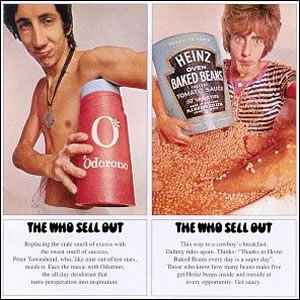
Buy The Who Sell Out After establishing themselves as a successful singles band in the mid 1960s, The Who made a concerted effort to concentrate on making cohesive albums. This all commenced with […]
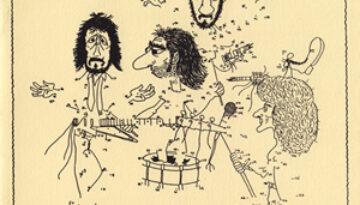
Buy The Who By Numbers With both the successes and failures of conceptual rock operas behind them, The Who made a transitional record with 1975’s The Who By Numbers. The album contains some […]
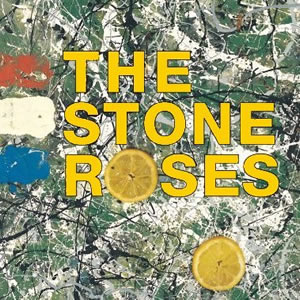
Buy Stone Roses Like lightning in a bottle, The Stone Roses debut album captured the energy of an emerging movement which would influence the British pop scene for the better part of a […]
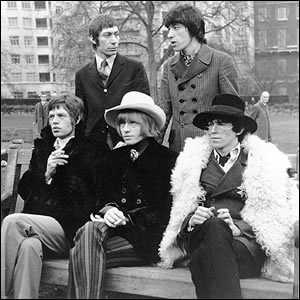
Let’s talk for a moment about controversy. The fact that we occasionally have double album reviews (that is reviews of two single albums by the same artist) may be a bit controversial, as […]

Buy The Kinks are the Village Green Preservation Society Although it barely made a ripple critically or commercially upon its release the concept album The Kinks are the Village Green Preservation Society would […]

Buy The Firm There was much anticipation ahead of the release of The Firm’s debut album. This “super group”, anchored by former Swan Song label mates Jimmy Page of Led Zeppelin and Paul […]
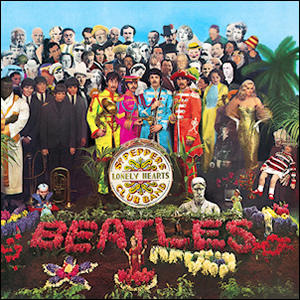
Buy Sgt. Pepper’s Lonely Hearts Club Band Buy Magical Mystery Tour There has never been (nor probably will ever be) a year in which a single band produced so much quality material as […]
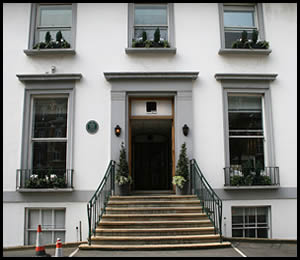
At the very end of The Beatles’ very last live performance, an improvised concert on the roof of a building in January 1969, John Lennon jokingly stated, “I’d like to say thank you […]
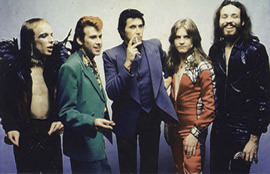
When you’re an early-1970s rock band that tours with your own fashion designer, hair stylist, photographer and “PR consultant”, chances are you’ll take some heat. Roxy Music, the English glam-art band formed by […]
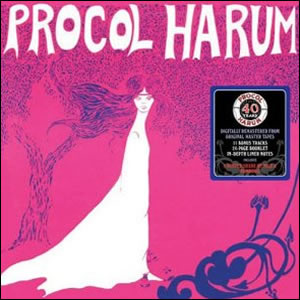
Buy Procol Harum Procol Harum released their fantastic eponymous debut at the end of the summer of 1967 but most listeners have not had an opportunity to hear it as it was created. […]